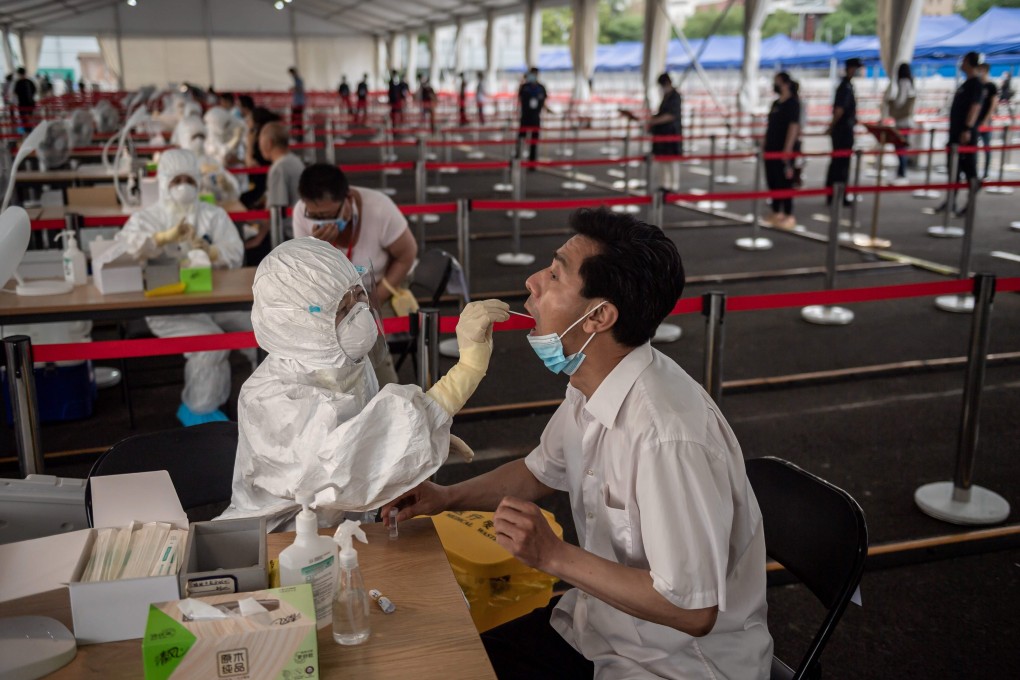Advertisement
Opinion | Hong Kong coronavirus third wave can be tamed by mass testing – with China’s help
- The local government has resorted to its old, small policy toolkit of social distancing, travel bans and dissuasion
- Given the constraints on Hong Kong’s ability to test its population, it is perhaps a good idea to seek help from the mainland, which has excess capacity
Reading Time:3 minutes
Why you can trust SCMP

The recent sharp resurgence in local infected cases has again pushed the normalisation of life and business in Hong Kong beyond reach. The cluster outbreak of unknown origins in densely populated parts of the city is particularly alarming. Classes are suspended again while social distancing measures get tightened again.
What next? Covid-19 has clearly accelerated its spread in the community, making an exponential increase of local case count very likely in the coming weeks. Seven million citizens have not seen their government take decisive action, though, other than resorting to its old, small policy toolkit of social distancing, travel bans and dissuasion.
Making public policy in Hong Kong is never easy. Declining trust in government and rising community defiance have made it even tougher since the rise in protest movements last year.
Advertisement
From a strategic point of view, Hong Kong’s response to the pandemic is constrained by its low testing capacity. When a pandemic begins, the ideal response for government authorities is to begin testing early because it enables rapid identification of cases, quick treatment for infected patients and immediate isolation to prevent further spread.

03:10
Hong Kong battles third wave of coronavirus infections
Hong Kong battles third wave of coronavirus infections
However, ordinary testing of suspected cases is no longer sufficient. Numerous asymptomatic carriers can easily spread the virus unwittingly, igniting outbreaks in their wake. Instead of waiting for all infected individuals to voluntarily seek care and be discovered, or the virus to die out – neither of which is likely to happen – some forms of mass testing have become imperative in Hong Kong.
Advertisement
Advertisement
Select Voice
Choose your listening speed
Get through articles 2x faster
1.25x
250 WPM
Slow
Average
Fast
1.25x
